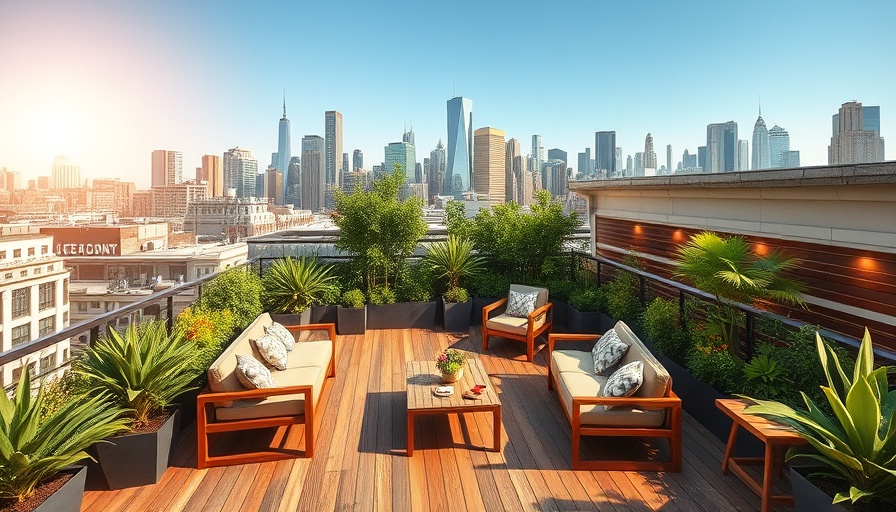
Roof Gardens: A Growing Trend in Urban Architecture
As cities increasingly adopt green building practices, roof gardens are becoming a popular feature in urban architecture. These tranquil spaces not only enhance the aesthetic appeal of buildings but also offer multiple ecological and health benefits. However, recent legal clarifications have left many stakeholders in the building and construction industry questioning how roof gardens fit within the regulatory framework.
The Legal Status of Roof Gardens Explained
The Ministry of Housing has clarified that roof gardens do not count as storeys under the Building Safety Act 2022. This distinction comes at a crucial time as regulations around higher-risk buildings tighten. According to the Act, structures with at least two residential units and certain height specifications must gain approval from the Building Safety Regulator (BSR). By affirming that roof gardens should not be classified as additional storeys, the Ministry aims to mitigate bureaucratic hurdles for developers and building owners.
Impacts for Builders and Homeowners
For builders, the clarification simplifies the approval process, meaning projects that incorporate roof gardens can proceed with fewer complications. Homeowners are similarly buoyed by the news, as they can confidently invest in green spaces on their rooftops without a heightened risk of falling into complicated regulatory requirements. That said, there are still considerations to keep in mind regarding structural integrity and safety practices.
What This Means for Future Projects
As this path clears for incorporating green design elements like roof gardens, construction professionals are encouraged to pursue sustainable building practices that align with modern regulatory frameworks. This is not just an opportunity for compliance; it’s a chance for innovative architectural designs that can enhance property value and community well-being.
Green Future Ahead
Ultimately, the classification of roof gardens represents more than just a technical detail—it's a nod towards fostering greener cities and sustainable living. As urban areas grow denser, the ability to utilize rooftops for green spaces can enhance biodiversity, improve air quality, and provide much-needed respite in the bustling urban environment. The current guidelines pave the way for vibrant, sustainable urban landscapes.
 Add Row
Add Row  Add
Add 




 Add Row
Add Row  Add
Add 

Write A Comment